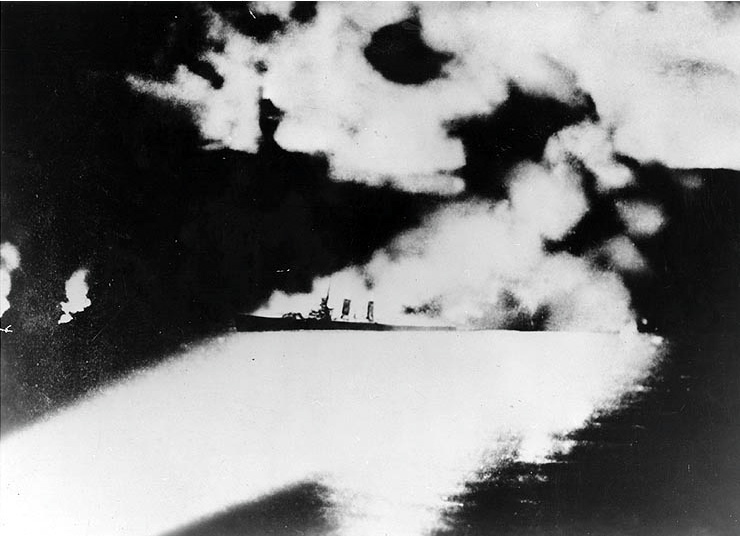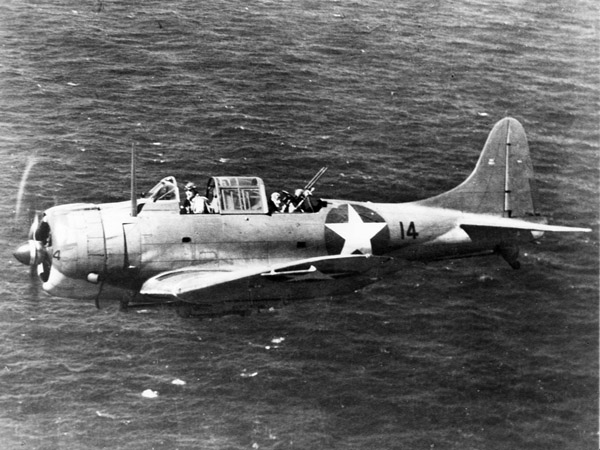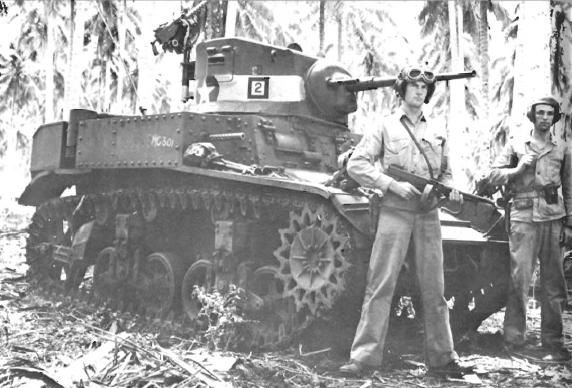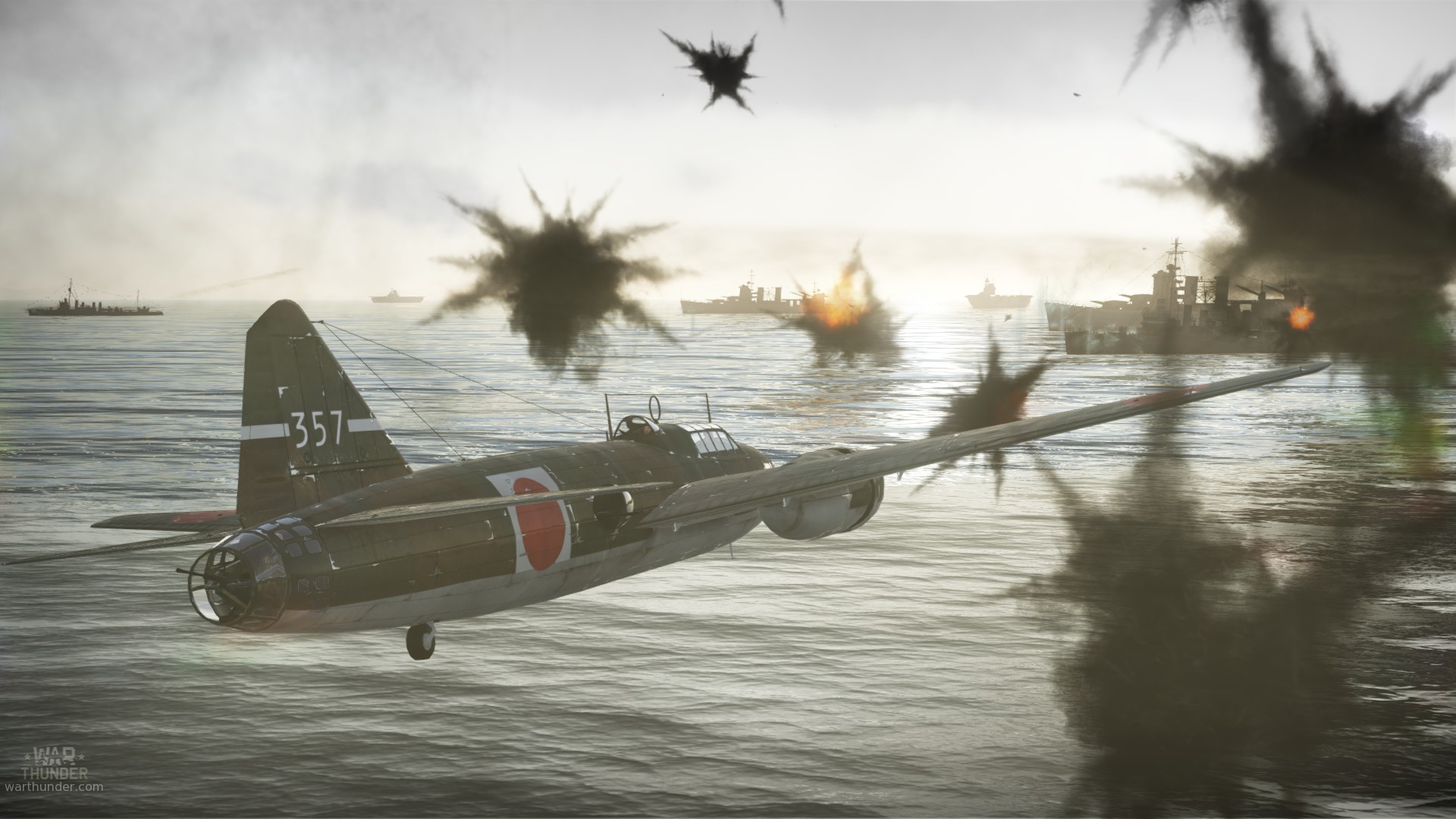
- For PC
- For MAC
- For Linux
- OS: Windows 10 (64 bit)
- Processor: Dual-Core 2.2 GHz
- Memory: 4GB
- Video Card: DirectX 11 level video card: AMD Radeon 77XX / NVIDIA GeForce GTX 660. The minimum supported resolution for the game is 720p.
- Network: Broadband Internet connection
- Hard Drive: 23.1 GB (Minimal client)
- OS: Windows 10/11 (64 bit)
- Processor: Intel Core i5 or Ryzen 5 3600 and better
- Memory: 16 GB and more
- Video Card: DirectX 11 level video card or higher and drivers: Nvidia GeForce 1060 and higher, Radeon RX 570 and higher
- Network: Broadband Internet connection
- Hard Drive: 75.9 GB (Full client)
- OS: Mac OS Big Sur 11.0 or newer
- Processor: Core i5, minimum 2.2GHz (Intel Xeon is not supported)
- Memory: 6 GB
- Video Card: Intel Iris Pro 5200 (Mac), or analog from AMD/Nvidia for Mac. Minimum supported resolution for the game is 720p with Metal support.
- Network: Broadband Internet connection
- Hard Drive: 22.1 GB (Minimal client)
- OS: Mac OS Big Sur 11.0 or newer
- Processor: Core i7 (Intel Xeon is not supported)
- Memory: 8 GB
- Video Card: Radeon Vega II or higher with Metal support.
- Network: Broadband Internet connection
- Hard Drive: 62.2 GB (Full client)
- OS: Most modern 64bit Linux distributions
- Processor: Dual-Core 2.4 GHz
- Memory: 4 GB
- Video Card: NVIDIA 660 with latest proprietary drivers (not older than 6 months) / similar AMD with latest proprietary drivers (not older than 6 months; the minimum supported resolution for the game is 720p) with Vulkan support.
- Network: Broadband Internet connection
- Hard Drive: 22.1 GB (Minimal client)
- OS: Ubuntu 20.04 64bit
- Processor: Intel Core i7
- Memory: 16 GB
- Video Card: NVIDIA 1060 with latest proprietary drivers (not older than 6 months) / similar AMD (Radeon RX 570) with latest proprietary drivers (not older than 6 months) with Vulkan support.
- Network: Broadband Internet connection
- Hard Drive: 62.2 GB (Full client)
G4M1 skin of the 205th Kokutai by Senshi_Isamu | download here
 |
| USS Quincy, set on fire and illuminated by Japanese searchlights during the Japanese attack on the night of August 8th. |
The battles for Guadalcanal starting from August 1942 were the beginning of the end of the Pacific War. The lessons and trials endured during Operation Watchtower would form the basis of the method in which the war in the Pacific would be conducted. The tragedies endured by Allied naval, air, and ground forces during this campaign lead to many lessons being learned by the their commanders while these same lessons were not taken on board by the Japanese high command.
A combination of luck and chance would be the hallmark of this campaign, from the initial landings taking place under poor weather conditions and surprising the Japanese on the islands. During the allied landings on the 6th and 7th of August, while the US marines landed at Lunga point and took the Japanese airfield. They encountered little opposition compared to the hard fighting that took place on Tulagi and the smaller islands surrounding it.
 |
| A SBD-3 Dauntless from the aircraft carrier USS Wasp supporting Operation Watchtower near Guadalcanal in August 1942. |
Luck being the fickle mistress it is, would contend to deceive the allies several times allowing a japanese strike force to close with and sink several allied ships on the night of the 8th. The presence of several A6M2-N and F1M float planes earlier in the day had not alerted the Allies of the advancing attack force. The sighting of the Japanese attack group by both a US submarine and a RAAF Hudson bomber were also ignored or went unreported to Rear Admiral Victor Crutchley, then in command of the Allied naval presence protecting the landings. This attack could have in one swoop crippled the Allied naval presence in the Guadalcanal area, but fearing attack by US naval air power, Vice Admiral Gunichi Mikawa ordered a early withdrawal.
 |
| A Marines M3A1 Stuart light tank on Guadalcanal in 1942. |
In a stroke of luck for both sides, the Allied landing force was spared further combat with a superior Japanese naval group and the same Japanese force was spared annihilation by US naval air power. The US naval air cover had already been withdrawn by Vice Admiral Frank Fletcher in order to refuel and replace many of the F4F Wildcat and SBD Dauntless aircraft that had been lost or damaged in the preceding air battles over the island.
These few vital days struck the chord for the next six months of savage and brutal fighting, in the air, on the ground, and across the seas of the South Pacific. The forces of Imperial Japan and the forces of the western Allies would struggle for supremacy, for it would be in the jungles and on the beaches of these islands where the fate of the Pacific War would be decided.
The War Thunder Team




